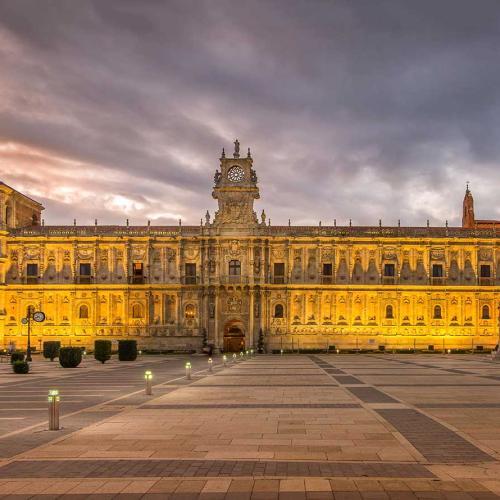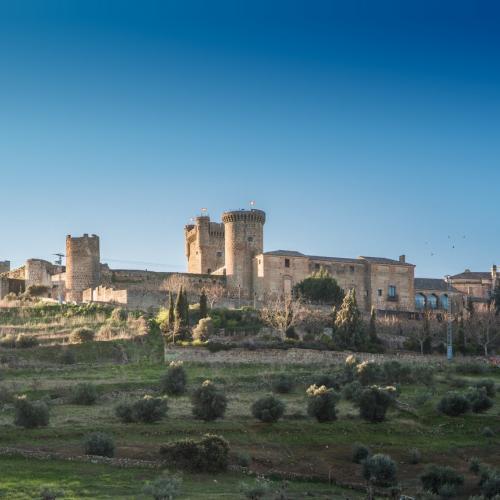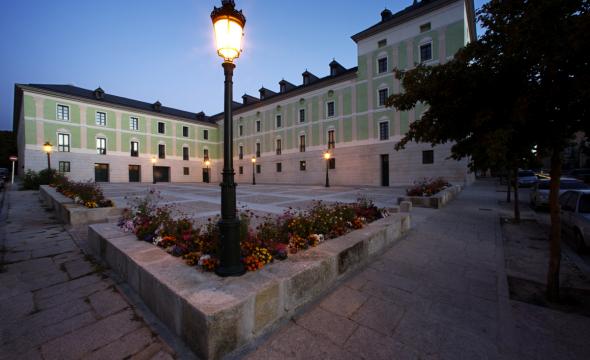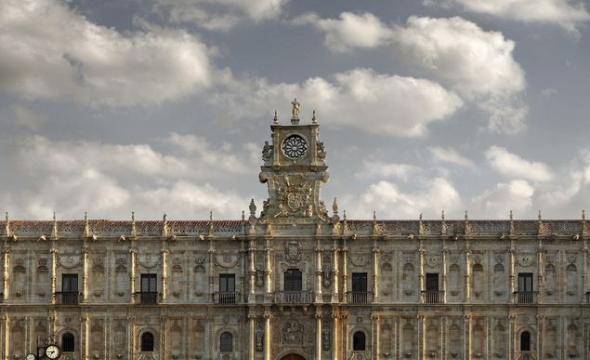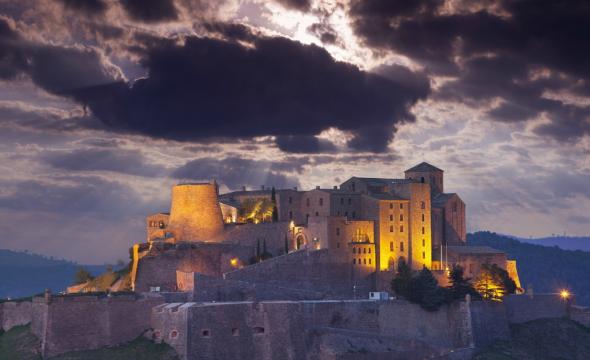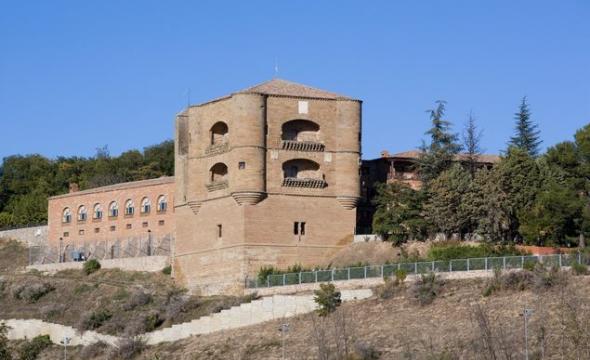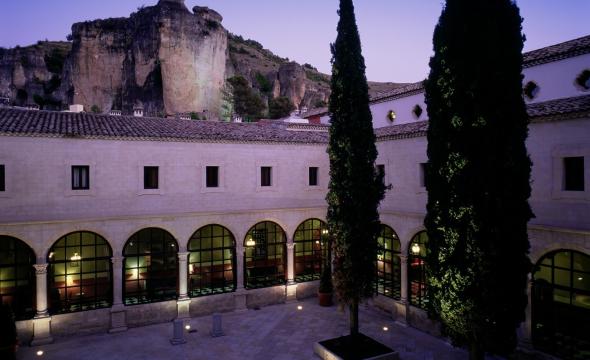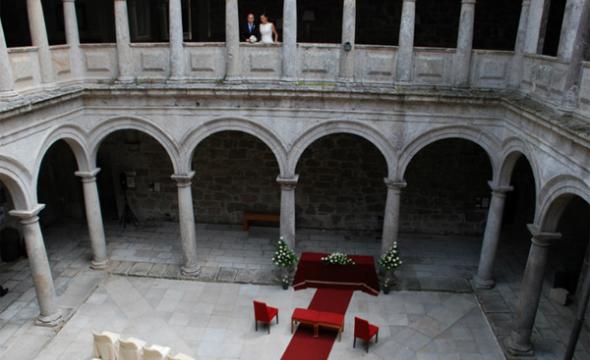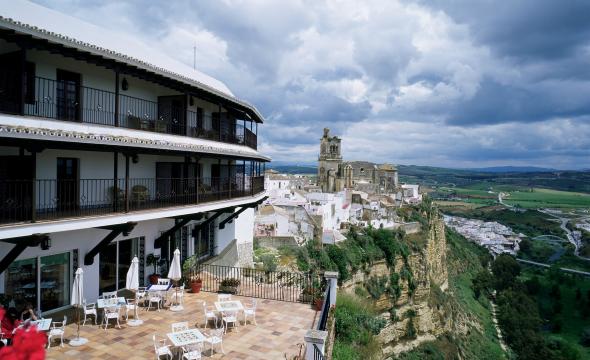Even centuries before the development of mobile phones, the inhabitants of the island of La Gomera, part of Spain's Canary Islands, were able to communicate with each other from mountain peak to mountain peak, "speaking" across deep ravines and wide valleys.
Their tool? A curious, whistled language called silbo gomero, or Gomeran whistle, which enabled peasants to keep in touch across enormous distances via the high-pitched calls. Today, this unique language - which almost died out at the end of the 20th century - is alive and well, and can be heard by guests at Parador La Gomera.
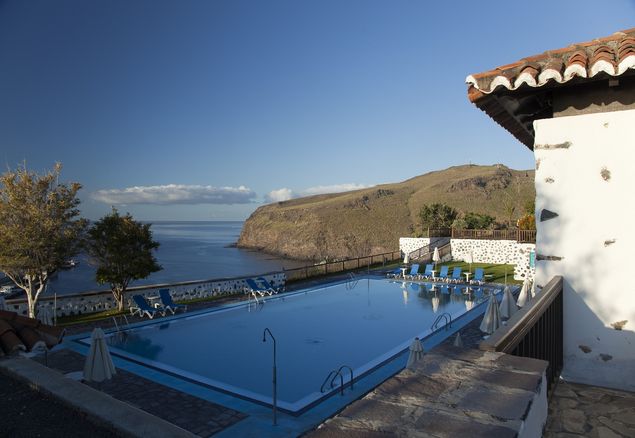
Parador La Gomera
A nearly lost language
Invented by the island's original aboriginal inhabitants - the Guanches - the Gomeran whistle was taught to Spanish settlers by the last remaining Guanches during the 16th century. Adapted for Castilian Spanish, its use gradually spread to other neighbouring islands, where it was used by shepherds to communicate across the Canary's incredibly diverse landscape.
With the rise of modern communications, however, the unique language began to die out, and by the latter half of the 20th century very few people still knew how to whistle in this manner.
Fortunately, a concerted effort undertaken by the island's local authorities has managed to reverse this process, mainly through laws that make it a required subject in schools across La Gomera. In 1999, the archipelago's government went a step further and officially recognized the Gomeran whistle as part of its cultural heritage. And a decade later, UNESCO proclaimed it to be a Masterpiece of Humanity's Oral and Intangible Cultural Heritage.
Parador La Gomera
While on La Gomera, make sure that you listen for the whistle, which is often heard on the island's densely wooded, volcanic slopes. You will notice its fascinating combination of sounds, which are whistles to the untrained ear, but are actually words to those fluent in the language.
The best way to encounter the whistle, one of the more interesting languages of Spain, is to stay at Parador La Gomera, a comfortable luxury hotel built in the traditional style of the Canary Islands. The Parador boasts stunning views of the beach, the entrance to Port San Sebastián, and even the island of Tenerife's El Teire, the world's third-highest volcano.
This cosy hotel offers easy access to the La Gomera's main sights such as Garajonay National Park, a UNESCO World Heritage Site that features a subtropical forest, massive volcanic rocks, and a rich mix of endemic species of tropical wildlife. Afterwards, head back to the Parador's dining room to sample the Canary Islands' cuisine, ranging from potatoes with the traditional mojo sauce, a blend of garlic, cumin, paprika, oil and vinegar; grilled sardines; cooked sea bream; baifo, which is kid goat marinated with a variety of herbs and spices; and guarapo, a delicious palm syrup used in cocktails and desserts.

Guarapo mousse at Parador La Gomera
Interested in hearing the Gomeran whistle for yourself? Contact Paradores today.

